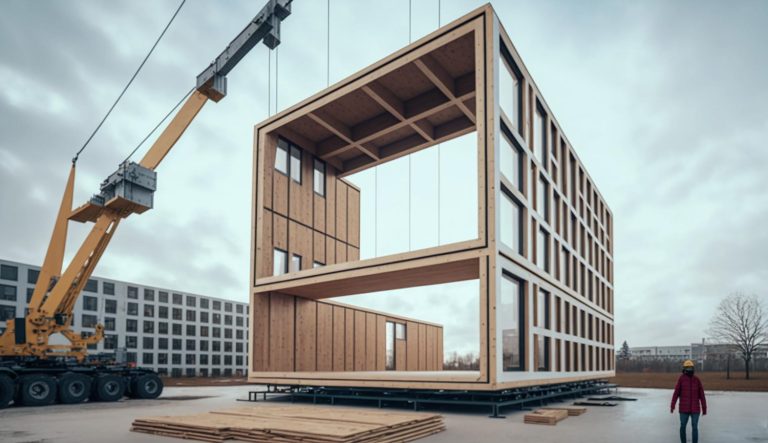
Have you ever played with Lego bricks as a child? It is possible to build things that stretch one’s imagination using arrays of bricks and other shapes. Modular construction may have been based on the playing activities of children once.
Now, it is a growing business worldwide attempting to displace traditional construction methods as an alternative, speedier and more efficient way of delivering buildings to the world. Modular construction is a process in which a building is constructed off-site, under controlled plant conditions, using the same materials and designed to the same codes and standards as conventionally built facilities, producing buildings in “modules” that, when put together on site, reflect the identical design intent and specifications.
In the UK, roughly 50-60% of buildings are made this way now, although other countries are slower to embrace this technique. Malaysia has adopted modular construction as an Integrated Building System (IBS). Still, despite the benefits realised, such as 25% to 40% quicker project completion, superior fabrication than in-situ construction, and fewer labour requirements, the uptake has been low in the industry.
There is much to be said for modular construction: it is greener (less wastage), cleaner (less energy required), safer and better controlled.
However, off-site construction challenges are ensuring that the units are prefabricated precisely and can be seamlessly transported and inserted once delivered on-site. This has been difficult for developers, namely the upfront costs (10-15% more), the logistics, and the ability of the workforce to integrate units once on site.
For modular construction to work, there are a few factors to consider. Automation is paramount; BIM design tools help standardise specifications to make units replicable. Materials are a concern, and reliable supply chains will be required to produce components that meet the design requirements and – to this day – are sustainable and low carbon.
Furthermore, there is a limit on how many units can be stacked on each other; hence, modular construction is limited by how high the building can be. Lastly, modular construction has been accused of being boring and staid and only suited for repeatable buildings like public housing or hospitals (the latter being a case in point when they were needed rapidly during the COVID-19 pandemic). This may do an injustice to modular construction.
With stronger building cores to build units around and using advanced materials, the potential for modular constructed buildings is promising, given its flexibility and applicability. Creativity should be the only hurdle we can cross when working with modular construction, such as using Lego blocks.
Written by: Dr Thomas Tang, CEO of PJ Sustainability Consulting Limited, is a professional advisor to corporations on sustainability, climate resilience, urban design, and social innovation. He is also a UN Scholar, an adjunct professor, and an author.














